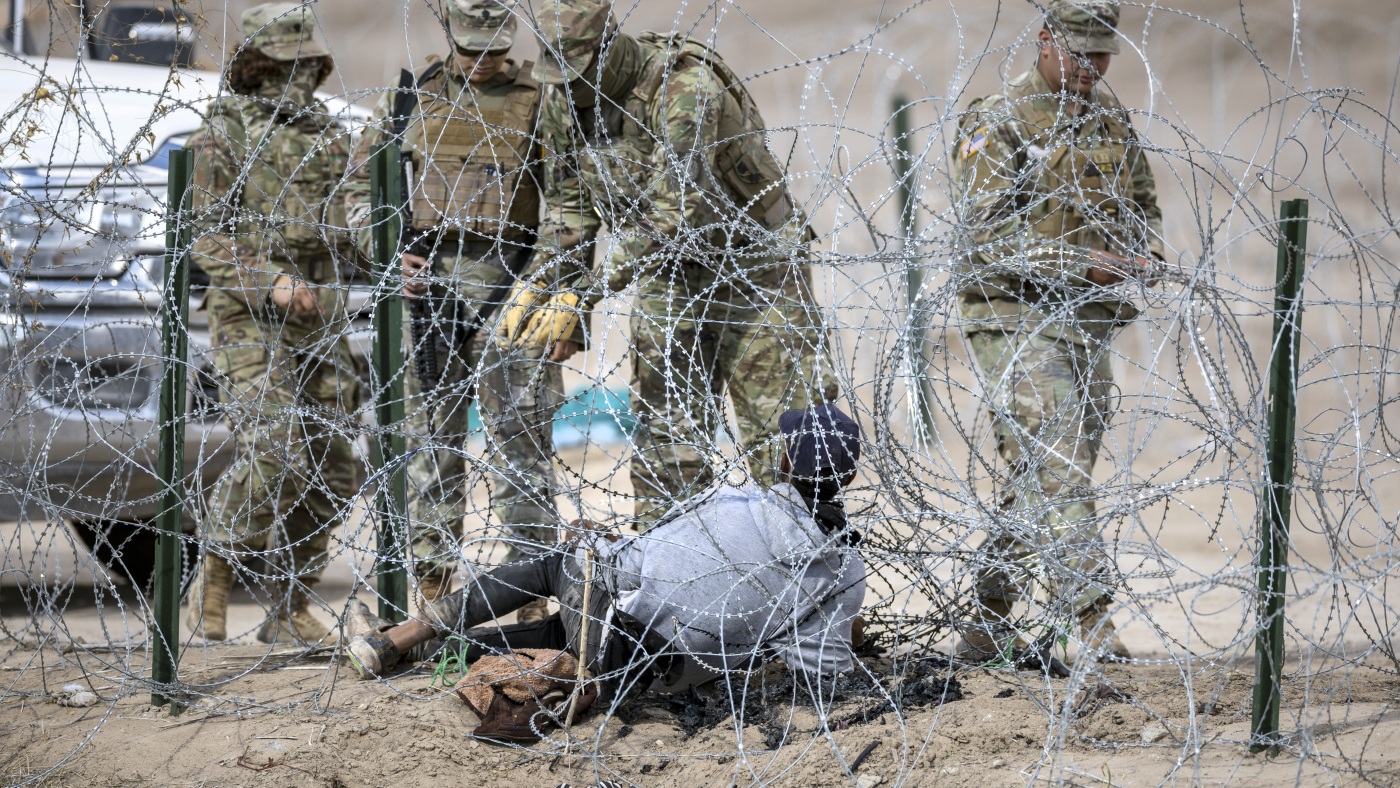Climate change is not just about rising temperatures; it could also stir up volcanoes. As glaciers in Antarctica melt, they reveal dormant volcanoes beneath. These volcanoes could erupt, worsening climate change and disrupting ecosystems.
When glaciers melt, sea levels rise, affecting ocean life and increasing the risk of floods. A recent study highlighted at the Goldschmidt Conference suggests that the melting ice can cause volcanos to wake up. Brad Singer, a geoscientist from the University of Wisconsin, explained that thick ice caps keep pressure on magma below. When the ice melts away, the pressure decreases, much like opening a soda bottle. This could mean more volcanic eruptions in places like Antarctica as the ice continues to disappear.
The research focused on six volcanoes in Chile and revealed that volcanic activity surged after the last ice age. Similar volcanic activity may occur as ice sheets in Antarctica, North America, New Zealand, and Russia shrink.
Increased volcanic eruptions can lead to severe climate consequences. Pablo Moreno-Yaeger, who presented at the conference, pointed out that multiple eruptions could release greenhouse gases, creating a cycle: melting glaciers trigger eruptions, which then contribute to further warming and melting.
Recent data shows that glaciers are melting fast. The last decade saw glacier losses over a third higher than from 2000 to 2011. This rapid melting isn’t just about eruptions. Volcanic eruptions release sulfate aerosols into the atmosphere, reflecting sunlight and potentially causing cooling periods that have, in the past, led to significant famines.
One surprising fact: melting ice is even affecting Earth’s rotation, causing it to slow down.
Without intervention, this melting will continue. The amount of ice lost by the century’s end largely depends on how much greenhouse gas we emit.
For more details on the impacts of climate change and glaciers, you can check out the BBC for the latest updates and statistics.




















